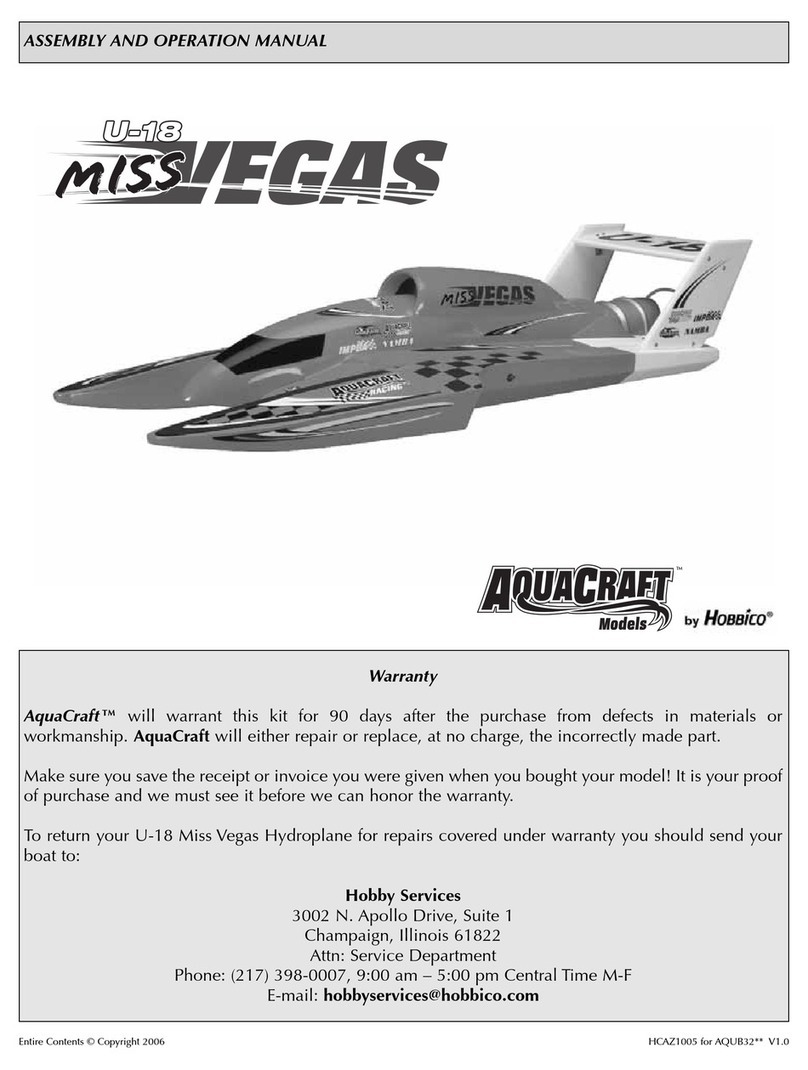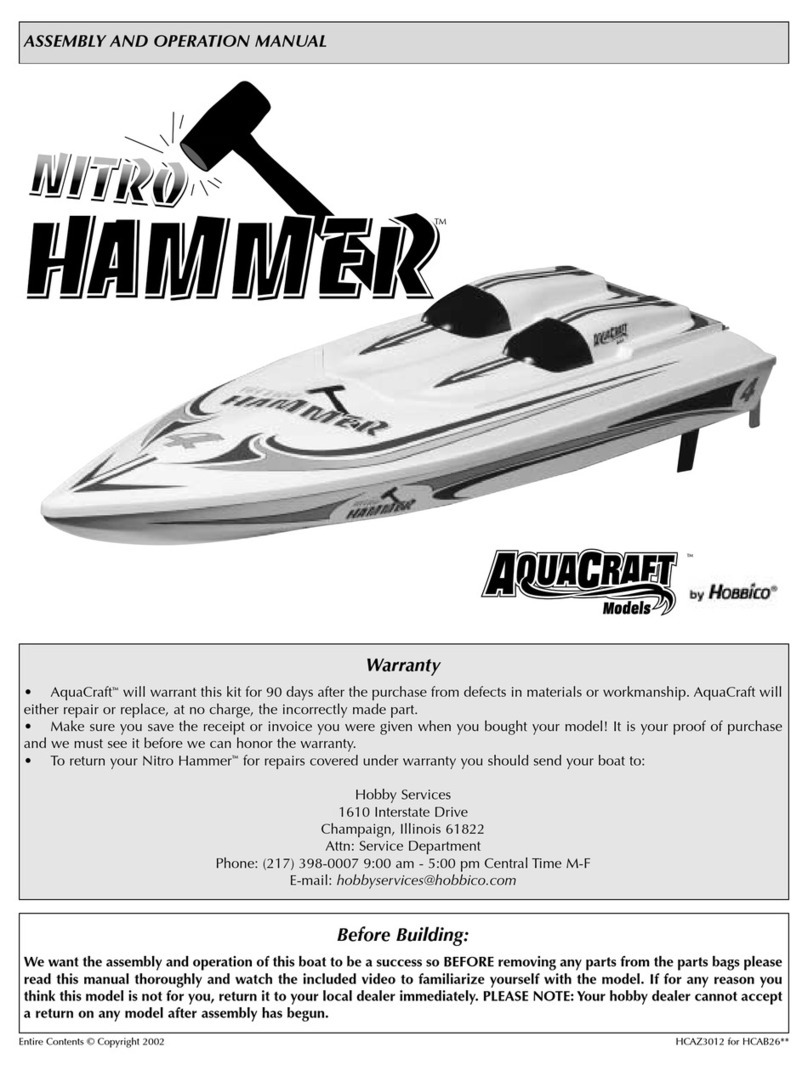Hobbico avistar 40 User manual
Other Hobbico Toy manuals
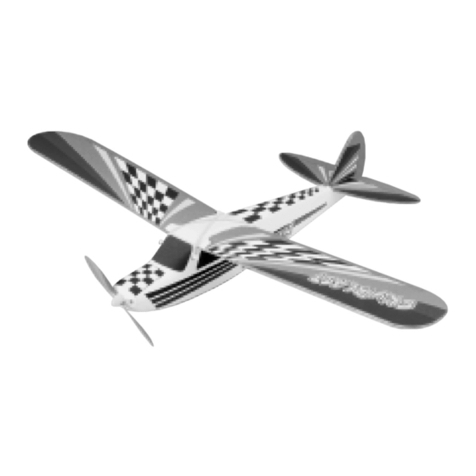
Hobbico
Hobbico FLYZONE HCAA0230 User manual
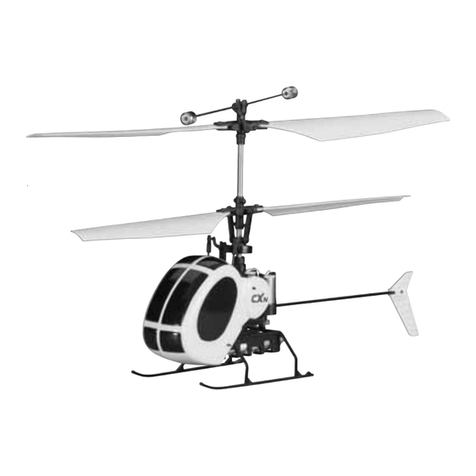
Hobbico
Hobbico AXE CX Nano User manual
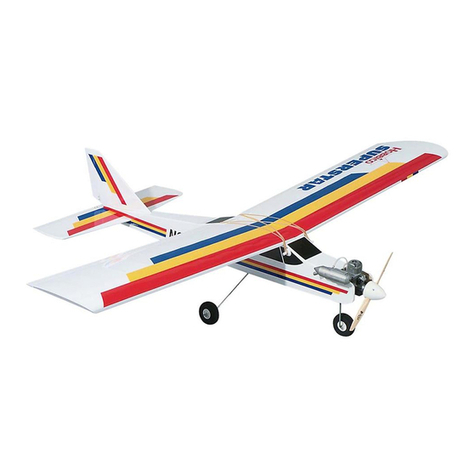
Hobbico
Hobbico Superstar 40 ARF User manual
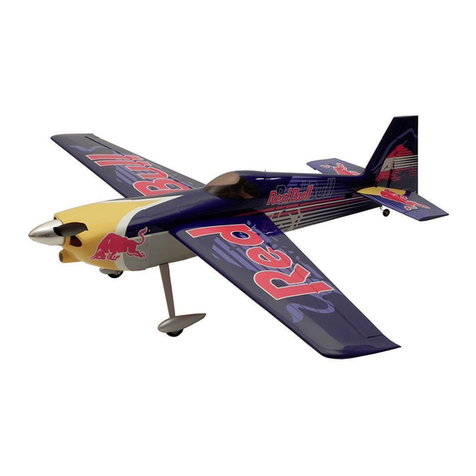
Hobbico
Hobbico Edge 540 RB FLWA4140 User manual

Hobbico
Hobbico Flyzone Cessna 182 SKYLANE User manual
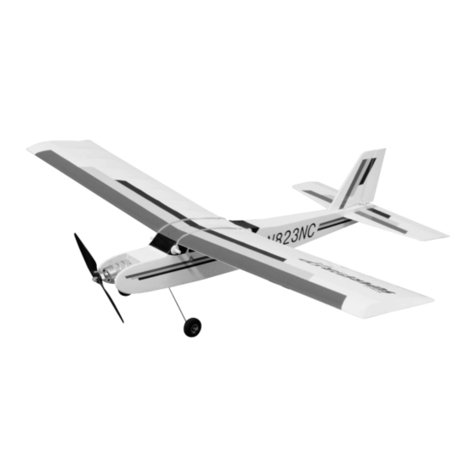
Hobbico
Hobbico SUPERSTAR EP User manual
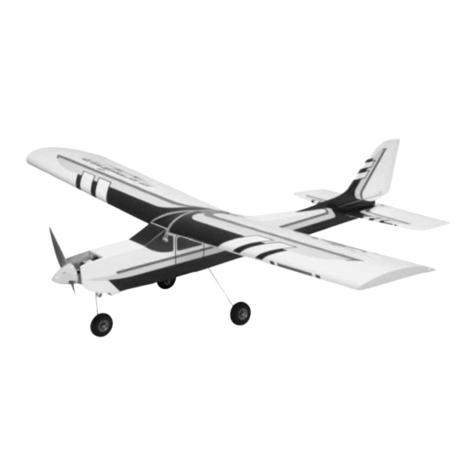
Hobbico
Hobbico ElectriStar EP Select User manual

Hobbico
Hobbico AirVista User manual

Hobbico
Hobbico Hobbistar 60 MK III User manual
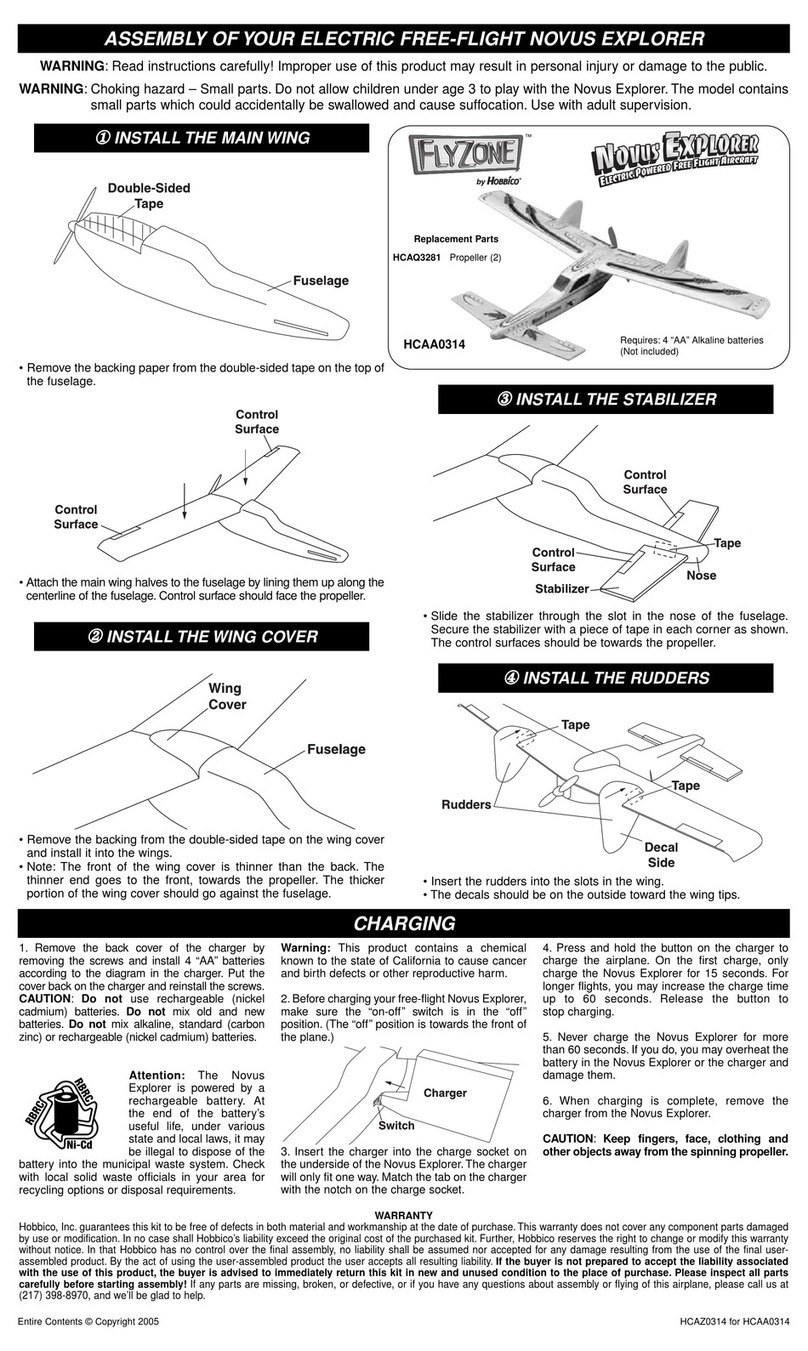
Hobbico
Hobbico Flyzone NOVUS EXPLORER User manual
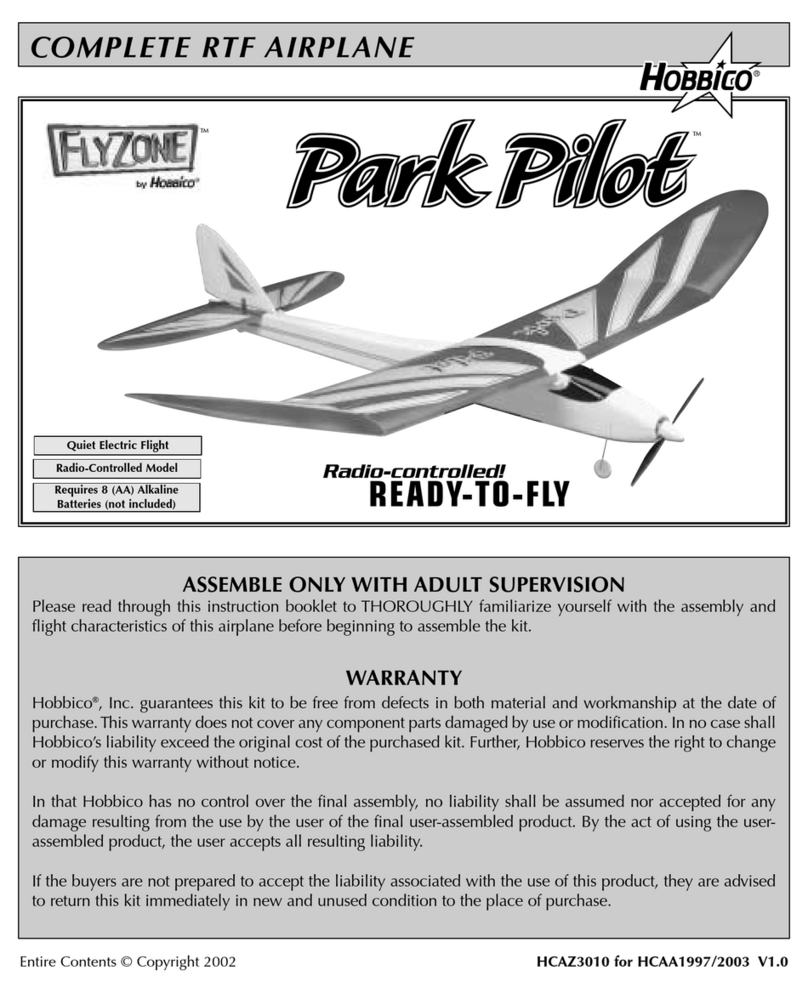
Hobbico
Hobbico FlyZone Park Pilot User manual
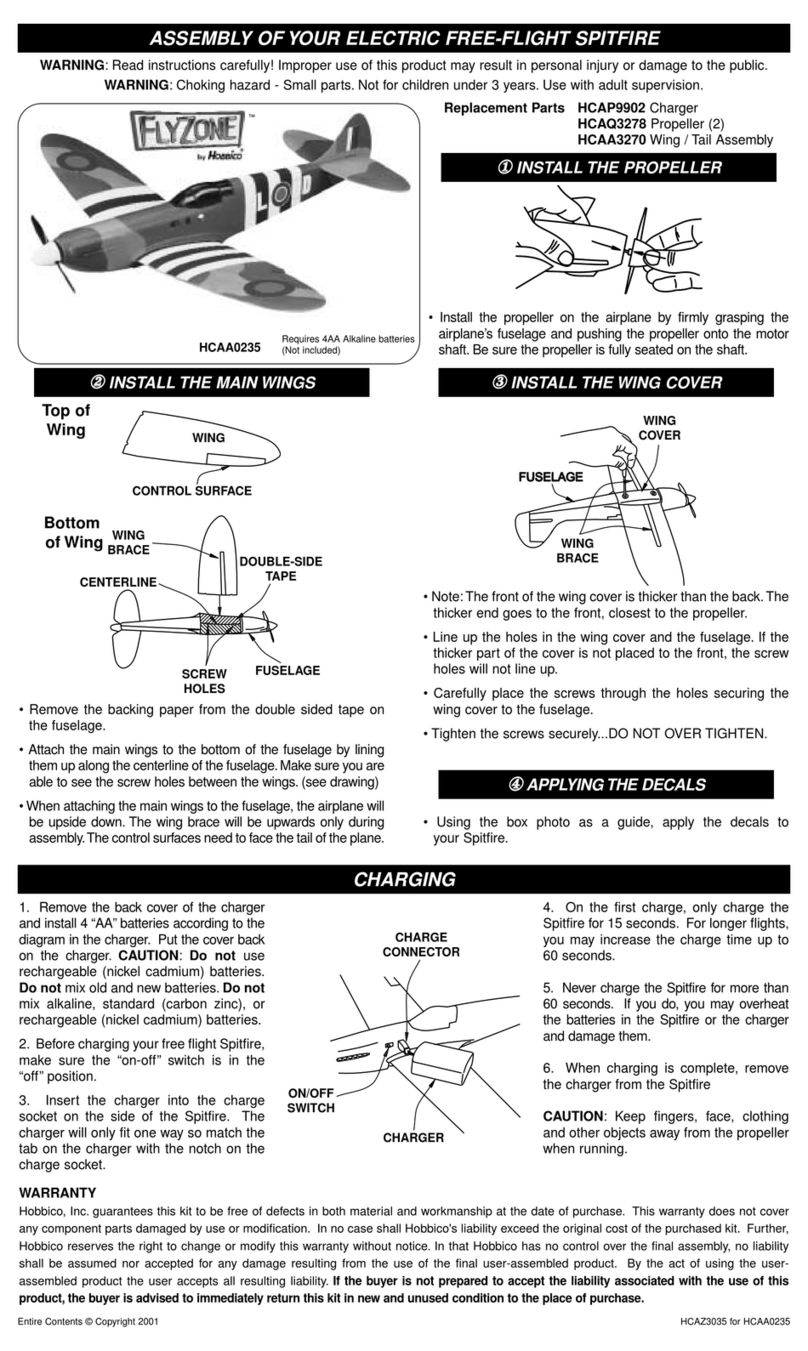
Hobbico
Hobbico Flyzone HCAA0235 User manual
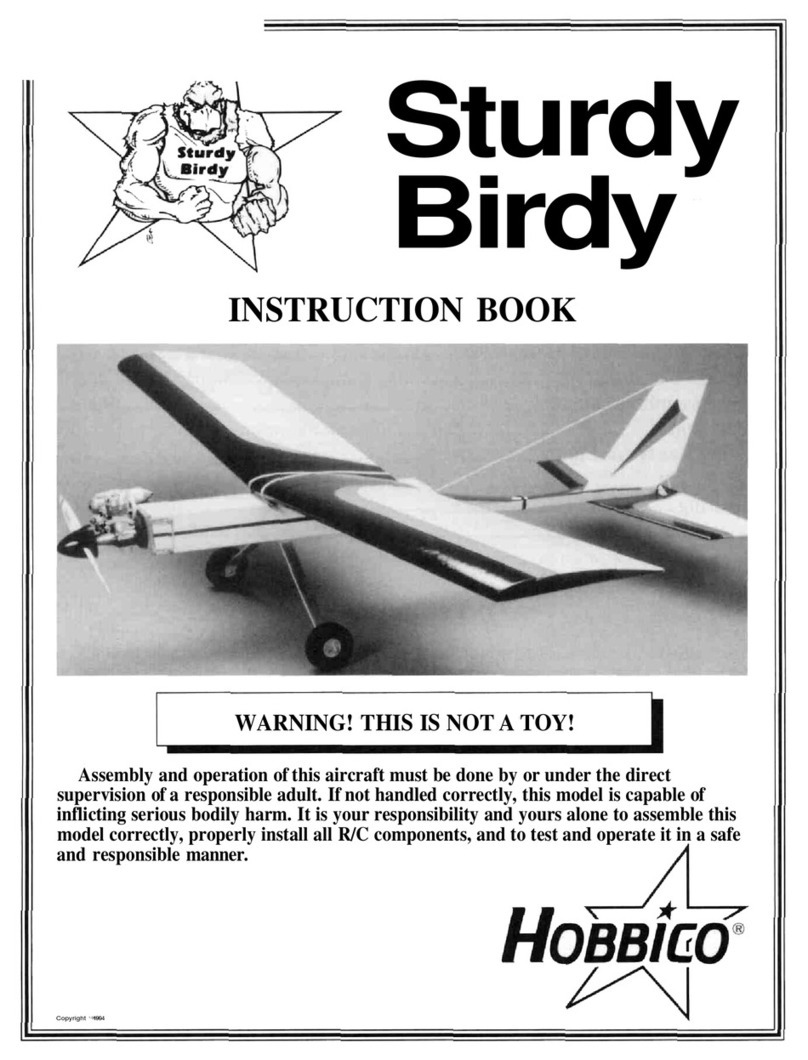
Hobbico
Hobbico Sturdy Birdy User manual
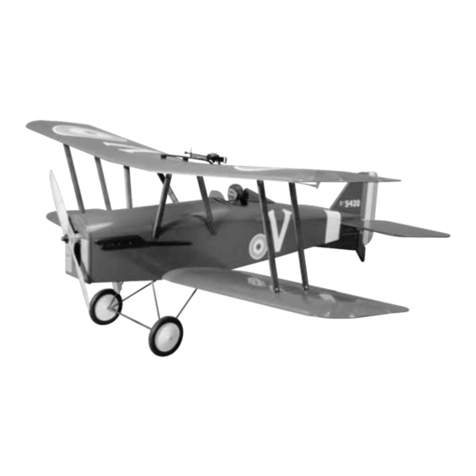
Hobbico
Hobbico Dynaflite S.E.5a User manual
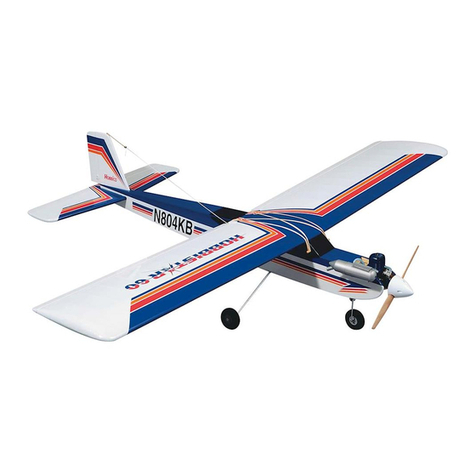
Hobbico
Hobbico Superstar 60 User manual
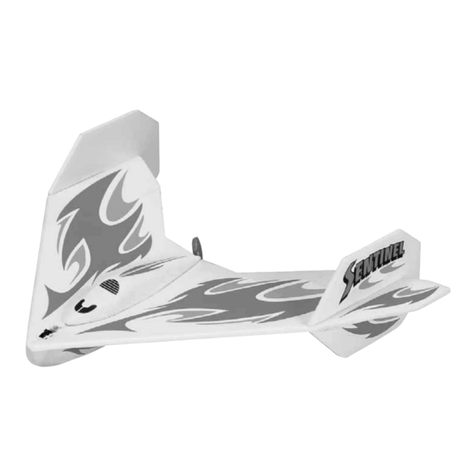
Hobbico
Hobbico Flyzone Sentinel HCAA0310 User manual

Hobbico
Hobbico Sturdy Birdy II User manual
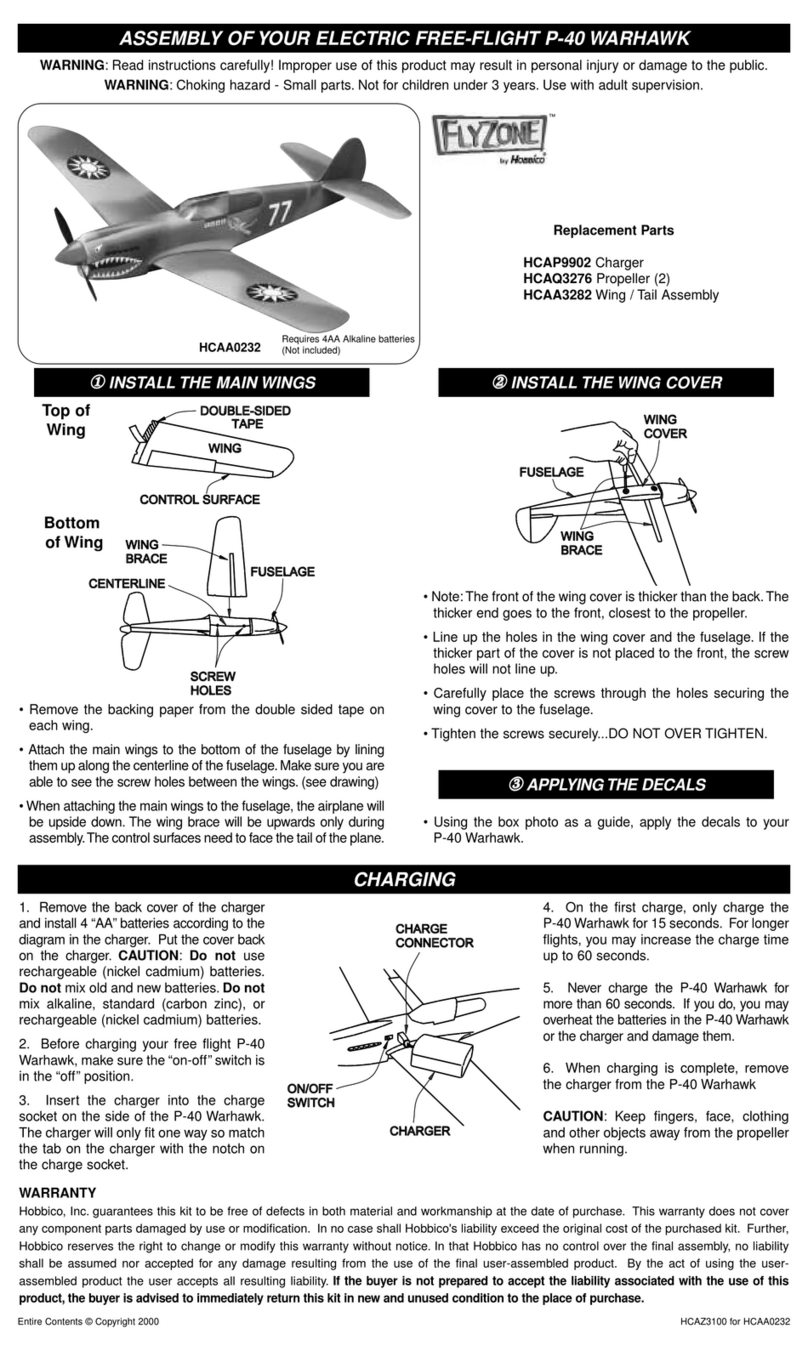
Hobbico
Hobbico P-40 WARHAWK User manual
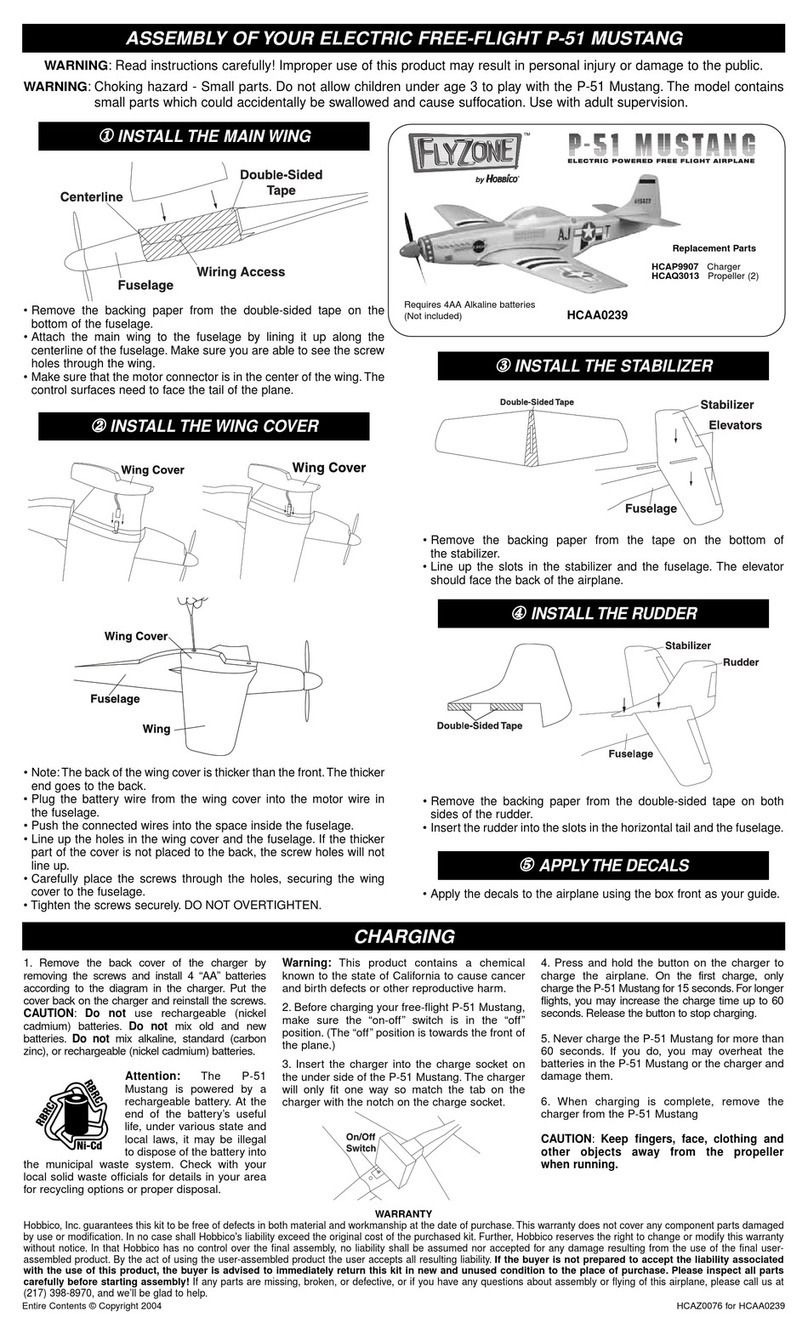
Hobbico
Hobbico HCAA0239 User manual
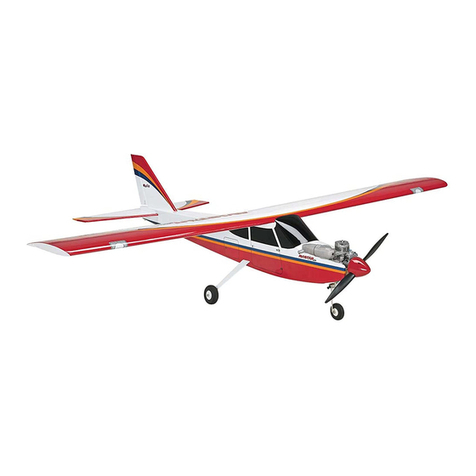
Hobbico
Hobbico Avistar User manual
Popular Toy manuals by other brands

FUTABA
FUTABA GY470 instruction manual

LEGO
LEGO 41116 manual

Fisher-Price
Fisher-Price ColorMe Flowerz Bouquet Maker P9692 instruction sheet

Little Tikes
Little Tikes LITTLE HANDIWORKER 0920 Assembly instructions

Eduard
Eduard EF-2000 Two-seater exterior Assembly instructions

USA Trains
USA Trains EXTENDED VISION CABOOSE instructions
